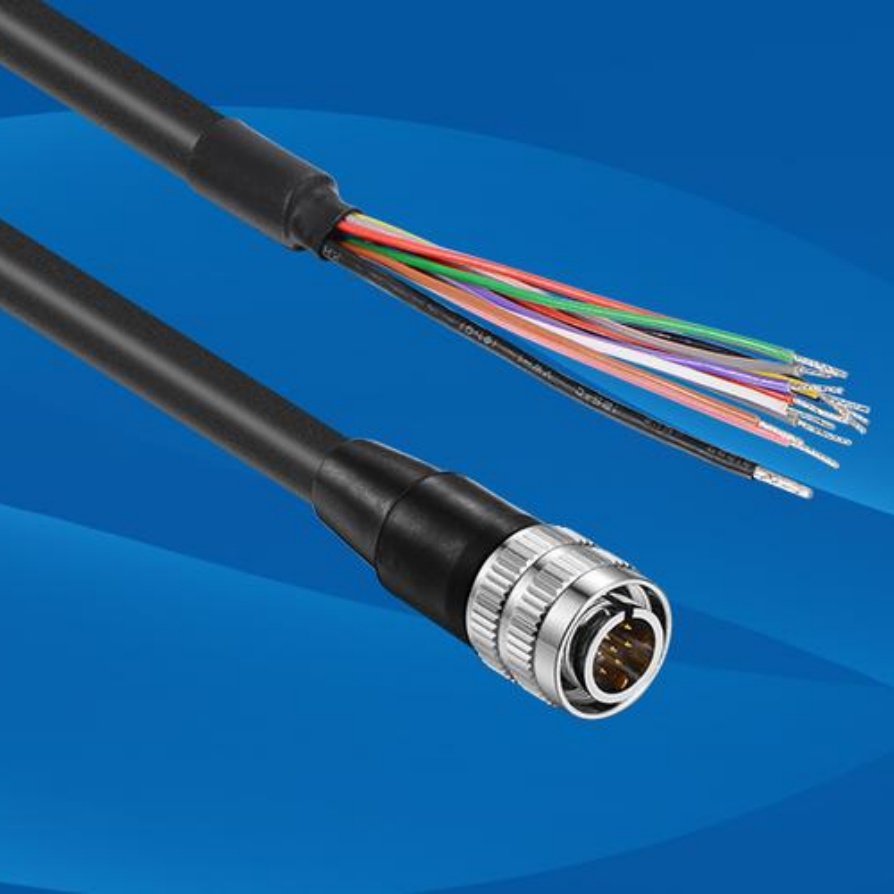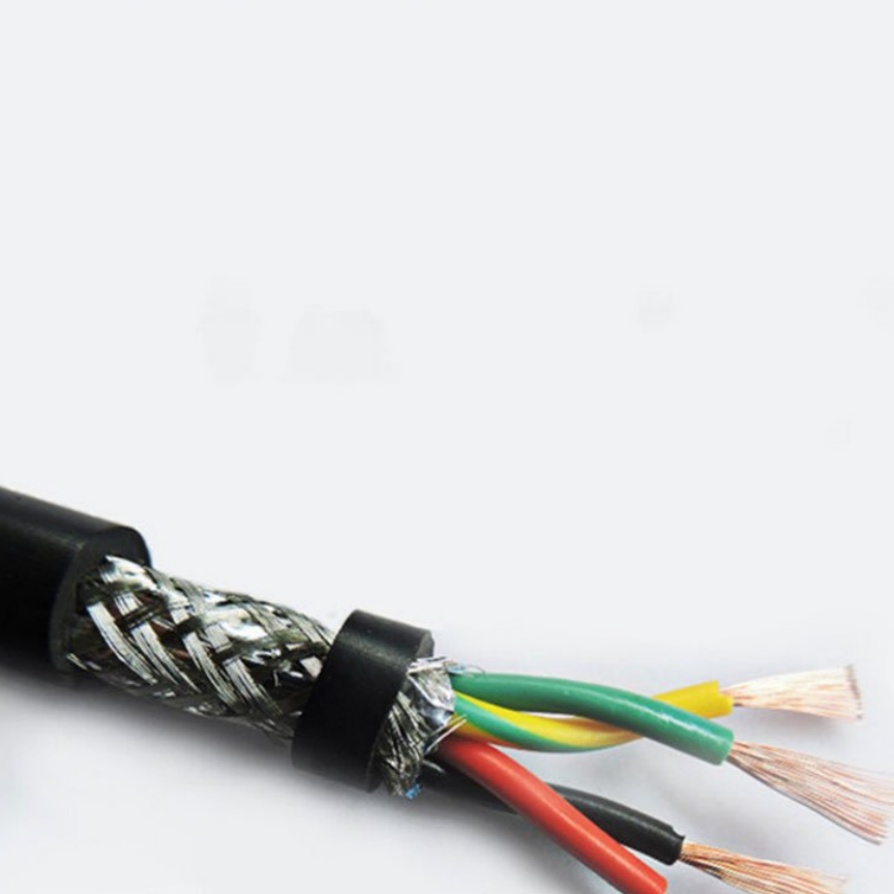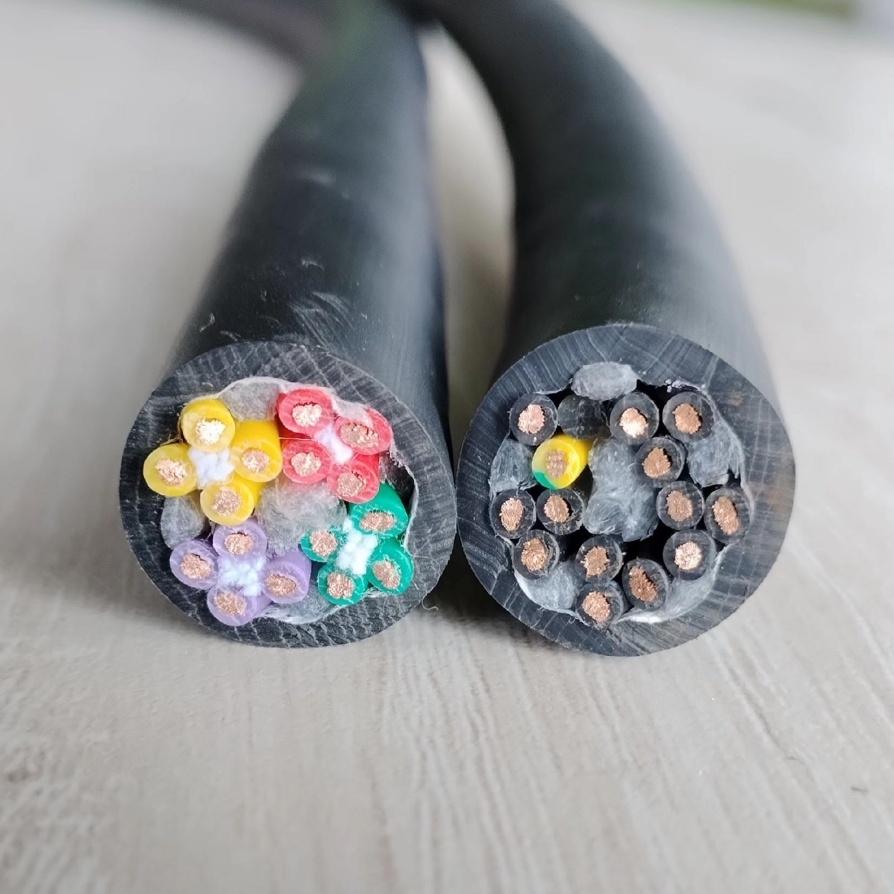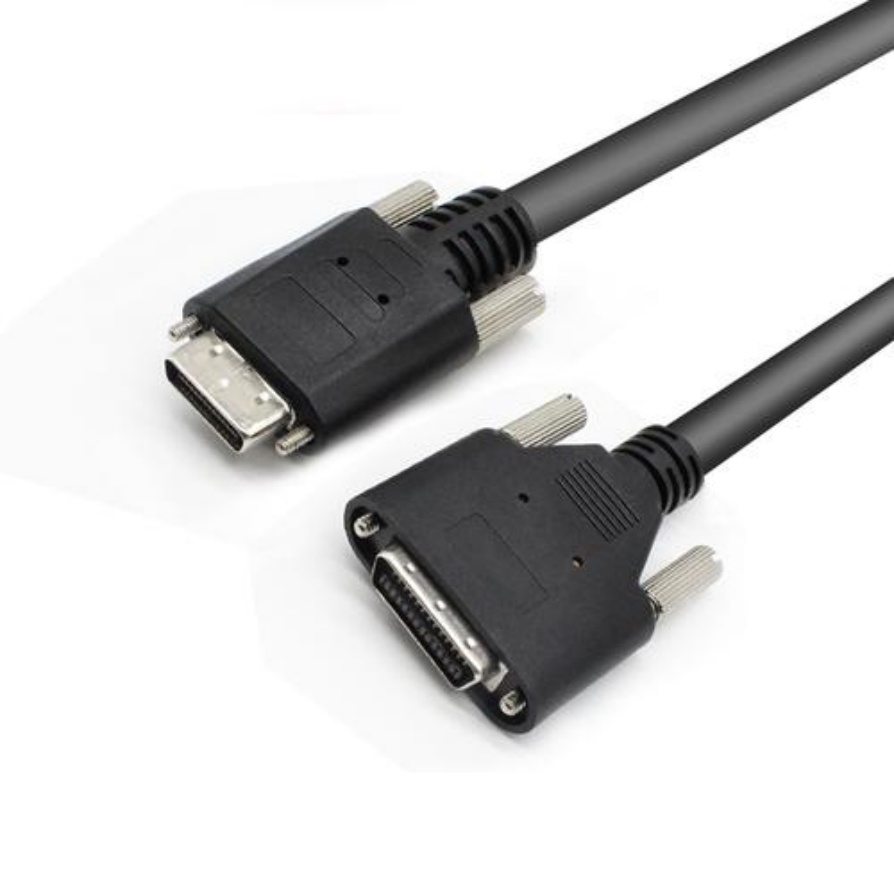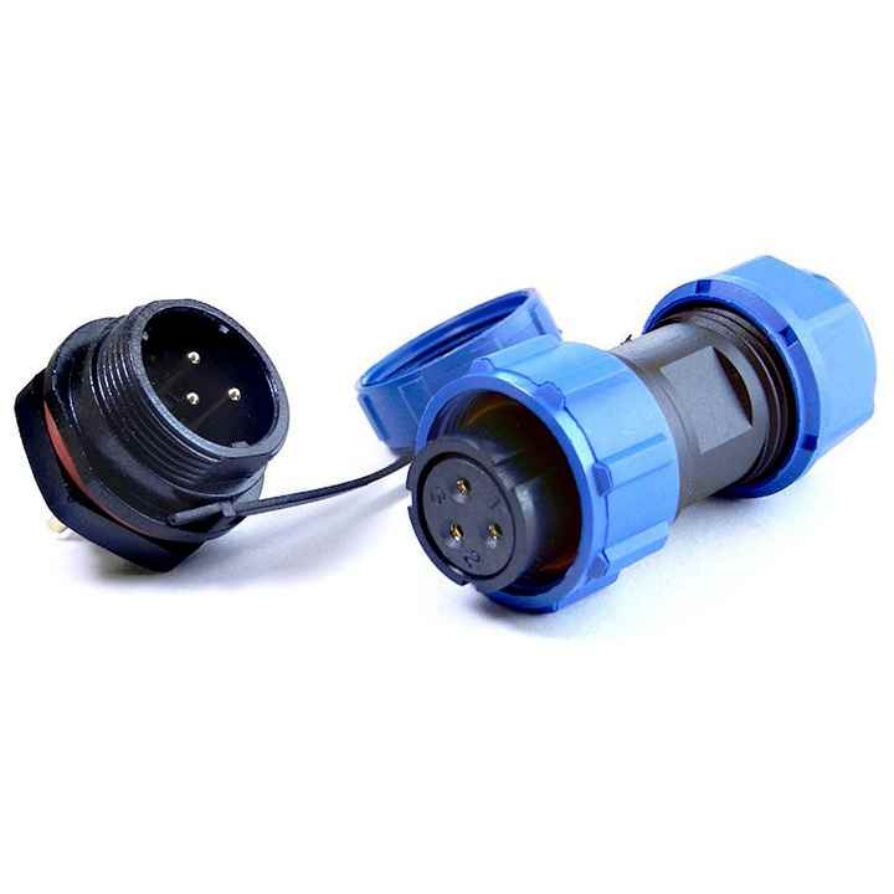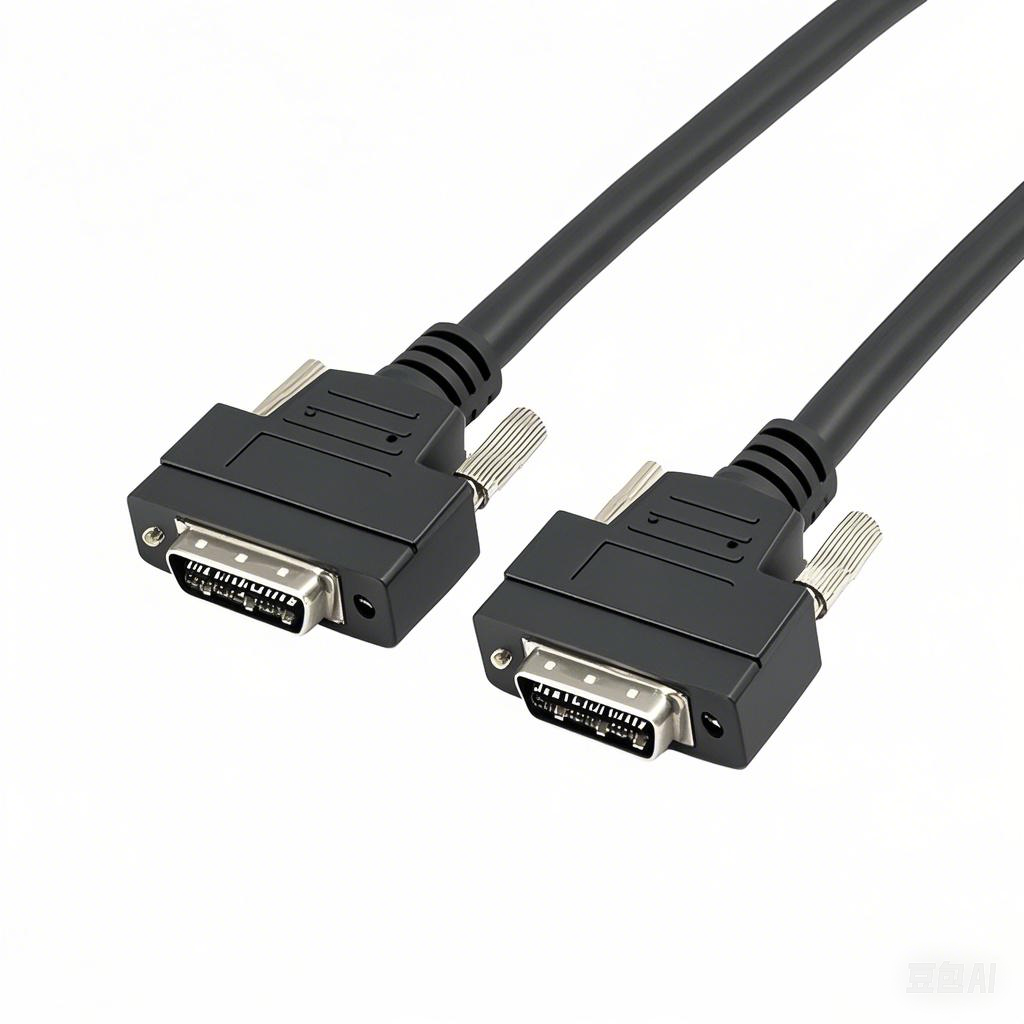Advantages of Different Cable Jacket Materials
The protective jacket of a cable is its first line of defense against environmental hazards, mechanical stress, and chemical exposure. Selecting the right jacket material is critical to ensuring cable longevity and performance in diverse applications.
■ PVC (Polyvinyl Chloride)
◉ Key Advantages:
Cost-Effectiveness: Lowest material cost among industrial-grade jackets (≈$0.5–1.5/meter)
Flexibility: Shore hardness 80A–95A for easy routing in fixed installations
Chemical Resistance: Withstands diluted acids, alkalis, and alcohols
Flame Retardancy: Meets UL 1685 vertical tray flame test (FT4 rating)
◉ Limitations:
Limited temperature range (-20°C to +105°C)
Poor resistance to oils and UV degradation
◉ Applications:
- Indoor office cabling
- Low-cost automation systems
■ PUR (Polyurethane)
◉ Key Advantages:
Abrasion Resistance: 10× higher wear resistance than PVC (tested per DIN 53516)
Oil/Grease Resistance: Compatible with ISO VG 32–68 hydraulic fluids
Cold Flexibility: Maintains pliability at -40°C (no cracking in freezer warehouses)
Torsional Stability: Supports >5 million bend cycles in robotic cable carriers
Temperature Range: -40°C to +125°C (short-term peaks to +150°C)
◉ Applications:
- CNC machinery
- Food processing equipment
- Outdoor sensors
■ TPE/TPU (Thermoplastic Elastomer/Polyurethane)
◉ Hybrid Benefits:
Combines PVC’s processability with rubber-like elasticity (300–600% elongation)
Halogen-free formulations comply with RoHS/REACH directives
Resistant to hydrolysis in humid environments (marine applications)
Temperature Range: -50°C to +135°C
◉ Applications:
- Medical devices
- Renewable energy systems
■ Silicone
◉ Key Advantages:
Extreme Heat Resistance: Continuous operation at +200°C (short-term +300°C)
Non-Toxic: USP Class VI-certified for biocompatibility
Radiation Resistance: Withstands 1000 kGy gamma radiation (nuclear facilities)
◉ Limitations:
Low tear strength (requires reinforcement in dynamic applications)
◉ Applications:
- Aerospace
- Foundries
- Sterilizable medical equipment
■ FPE/PTFE (Fluorinated Polymers)
◉ Premium Performance:
Chemical Inertness: Resists 98% of industrial solvents (including acetone and benzene)
Low Friction: Coefficient of friction <0.1 for easy conduit pulling Dielectric Strength: >20 kV/mm for high-voltage applications
Temperature Range: -200°C to +260°C
◉ Applications:
- Semiconductor fabs
- Oil/gas downhole tools
■ Nylon
◉ Mechanical Advantages:
Cut Resistance: Survives 50+ cycles in UL 444 crush tests
Lightweight: 30% lower density than metal-armored cables
Quick-Drying: <0.5% water absorption for washdown environments
◉ Applications:
- Mining machinery
- Construction site temporary power
Material Max Temp (°C) Min Temp (°C) Oil Resistance (ISO 1817) UV Resistance (ASTM G154) Cost Index
PVC 105 -20 Fair Poor 1.0
PUR 125 -40 Excellent Good 2.5
Silicone 200 -60 Poor Excellent 8.0
PTFE 260 -200 Excellent Good 12.0
◉ Automotive Manufacturing:
Oil-resistant PUR for robotic welding lines
◉ Chemical Plants:
PTFE-jacketed cables for sulfuric acid exposure
◉ Data Centers:
LSZH (Low Smoke Zero Halogen) jackets for fire safety
◉ Subsea Systems:
Hybrid nylon-PUR jackets at 10,000 psi depth
◉ Bio-Based Polymers:
40% renewable content jackets (e.g., castor oil derivatives)
◉ Self-Healing Elastomers:
Microcapsule technology repairs minor jacket abrasions
◉ Phase-Change Materials:
Regulate cable temperature in solar farms



